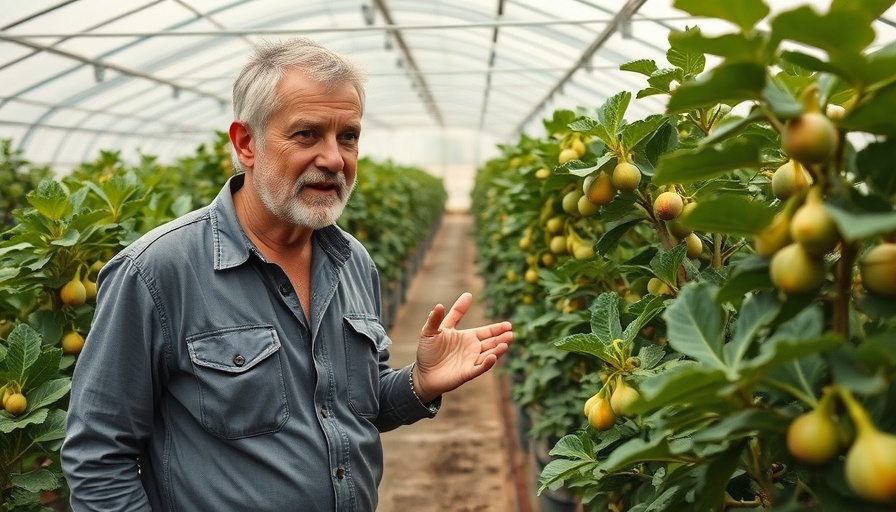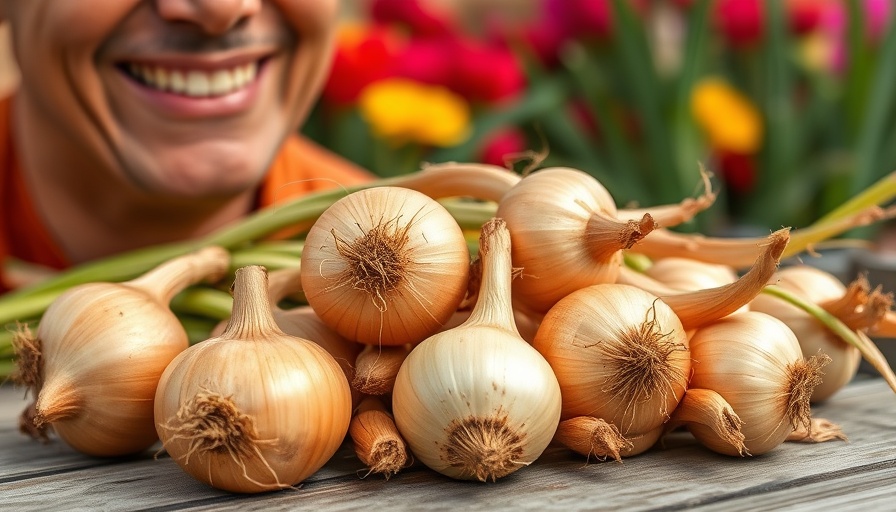
Why Cutting Instead of Pulling is Key for Your Garden's Health
As gardening enthusiasts, many of us are tempted to simply pull out spent plants when the growing season ends. However, this method can be detrimental to our garden beds. By cutting plants at soil level rather than uprooting them, we leave the root systems intact. As these roots decay, they naturally enrich the soil through organic matter and improve soil biology, which is essential for healthy plant growth. Understanding this technique allows us to nurture our soil health and set the stage for a vibrant new season.
In 'STOP PULLING PLANTS! Do This Instead Before Planting!', the discussion dives into effective gardening techniques, exploring key insights that sparked deeper analysis on our end.
Preparing Your Raised Bed for Fall Planting
Transitioning from summer to fall gardening is an exciting process. The first step is to clean up your raised bed garden thoroughly. Remove any spent plants or debris, but remember to cut them down at the soil level. Next, add nutritional support to your soil, as cutting back the plants leaves undeniable benefits for the microbes present in the ground. Consider using balanced fertilizers or compost that promotes soil biology. This preparatory phase ensures that our cool season veggies, like radishes and mustard greens, will thrive in their cozy new home.
Maximizing Space in Your 4-Foot Wide Raised Bed
Brainstorming what to grow in a 4-foot wide raised bed can be delightful! With cool-season veggies typically taking less space than their warm-weather counterparts, we can fit a surprising amount into this compact area. You can comfortably plant 5-6 brassicas like broccoli or cabbage, and even fit up to 10-15 lettuce plugs! Plus, don’t underestimate direct seeding; sprinkling seeds for carrots, beets, and spinach can maximize your harvest. With good planning, you can enjoy a bounty of fresh vegetables right from your backyard.
The Benefits of Urban Gardening and Sustainable Living
Engaging in gardening not only caters to a wholesome hobby but also fosters sustainable living in urban settings. By utilizing raised beds and cutting plants at soil level, we contribute to reducing waste and enhancing biodiversity. Addressing food insecurity through homegrown veggies can also be a rewarding experience, as families can enjoy fresh produce in a cost-effective way. Moreover, gardening is known to boost mental health, serving as a wonderful outlet for stress relief, while also allowing for physical activity.
 Add Row
Add Row  Add
Add 




Write A Comment